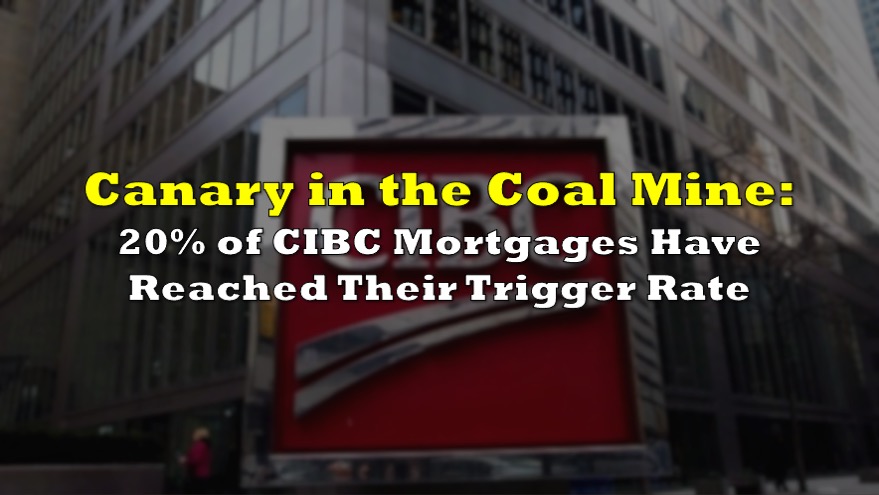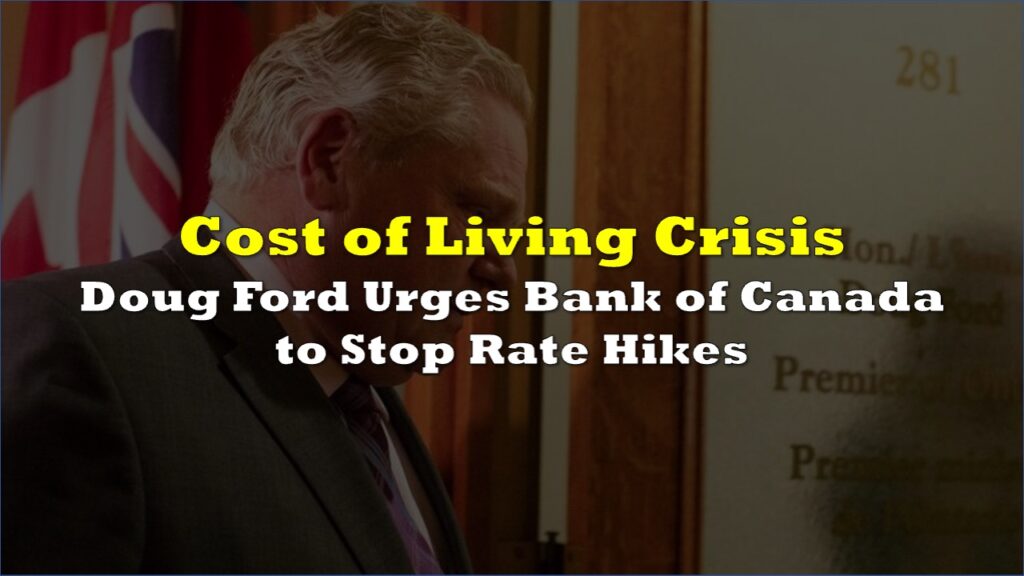An unexpected weakness in the labor market, coupled with coupled with a sharp decline in stock markets and tumbling bond yields, has raised the pressure on the Federal Reserve for an emergency rate cut over a month ahead of its scheduled meeting in September. An emergency rate cut is typically reserved for significant economic crises.
The Fed has only taken such emergency action seven times in its history, most recently in March 2020 during the onset of the COVID-19 pandemic. These unscheduled cuts aim to provide immediate economic stimulus in response to urgent financial concerns. The current debate is fueled by fears that the Fed may have waited too long to ease monetary policy, with some economists and market participants arguing that swift action is necessary to prevent a potential recession.
Speaking on CNBC’s Squawk Box, prominent economist Jeremy Siegel of the Wharton School called for aggressive action, urging the Fed to make a 75 basis point emergency cut within the week, followed by another reduction at its September meeting. Siegel argues that the current economic indicators justify such measures.
"I'm calling for a 75 basis point emergency cut in the Fed funds rate, with another 75 basis point cut indicated for next month at the September meeting – and that's minimum," says Wharton's Jeremy Siegel: pic.twitter.com/s4CgWx962Q
— Squawk Box (@SquawkCNBC) August 5, 2024
Siegel’s plea follows a similar call from Democratic Senator Elizabeth Warren on X. She told Fed Chair Jerome Powell that “he’s been warned over and over again that waiting too long risks driving the economy into a ditch.”
Market reactions have intensified the debate, with some traders now estimating a 60% chance of a 25 basis point emergency cut in the coming week, according to Bloomberg.
However, despite mounting pressure, the Fed is unlikely to implement an emergency rate cut. For a number of reasons: Emergency cuts can signal economic instability, potentially causing more harm than good by fueling public anxiety. Unlike previous emergency cuts, there is no coordinated effort among major central banks to lower rates simultaneously. Rate cuts typically take months to affect the broader economy, reducing the urgency for immediate action.
It’s not the Fed’s job to bail out leveraged speculators. https://t.co/yzVauI6gYD
— JC Oviedo (@JCOviedo6) August 5, 2024
The Fed maintained its rates at its July meeting, indicating a cautious approach to policy changes. Unscheduled cuts might be seen as an overreaction to recent data or suggest the Fed possesses alarming inside information.
While an emergency cut remains improbable, market expectations for a rate reduction at the Fed’s September meeting have increased significantly. The CME FedWatch Tool shows a 100% likelihood of a cut, with strong odds for a 50 basis point reduction.
Information for this story was found via the sources and companies mentioned. The author has no securities or affiliations related to the organizations discussed. Not a recommendation to buy or sell. Always do additional research and consult a professional before purchasing a security. The author holds no licenses.









